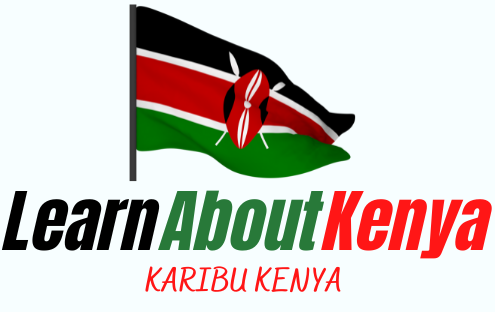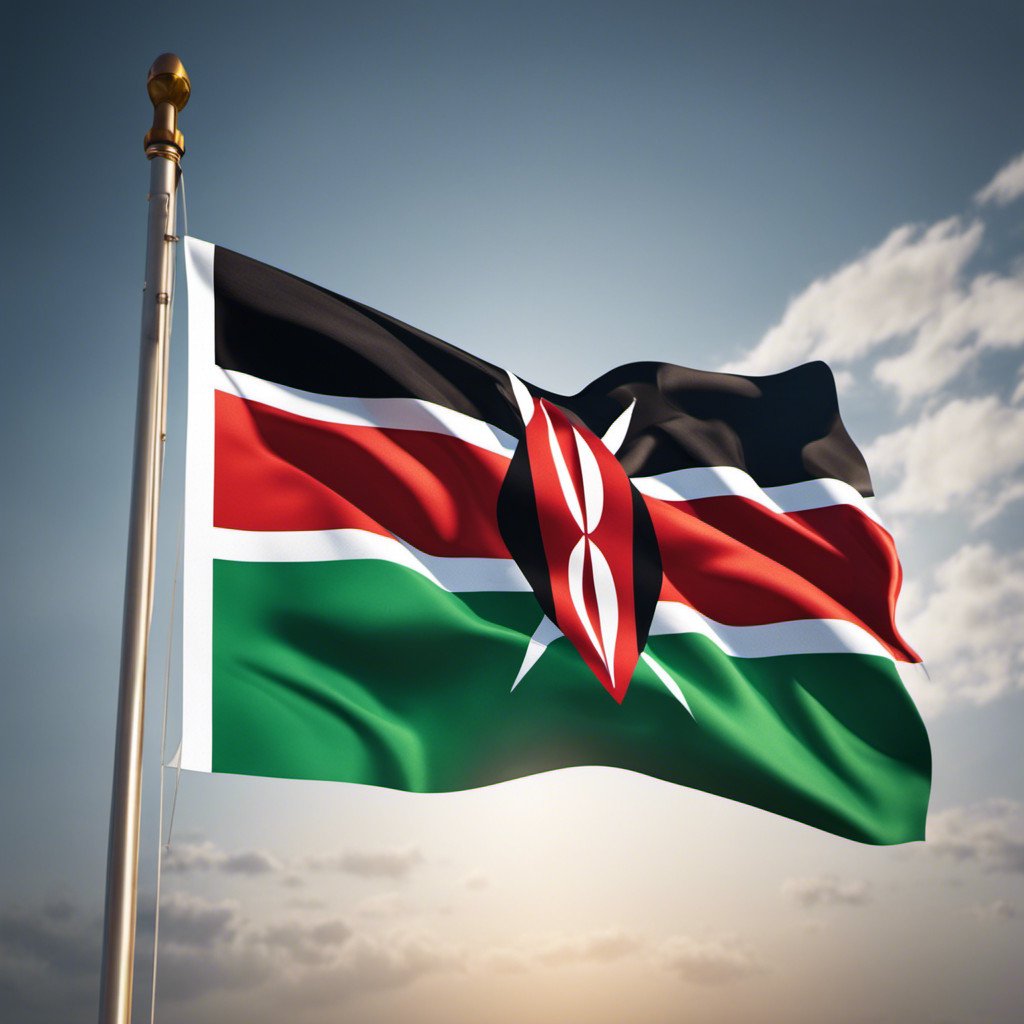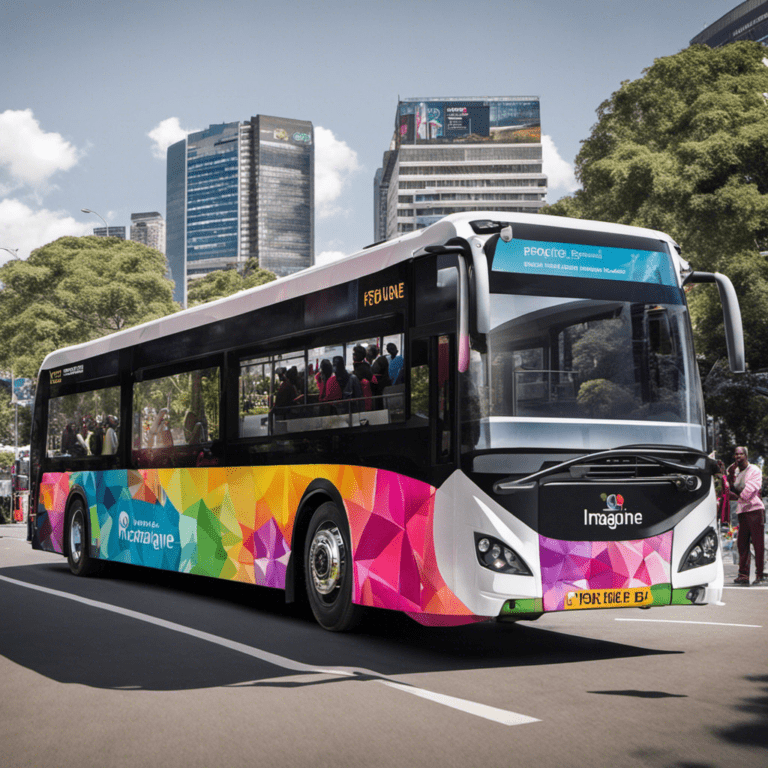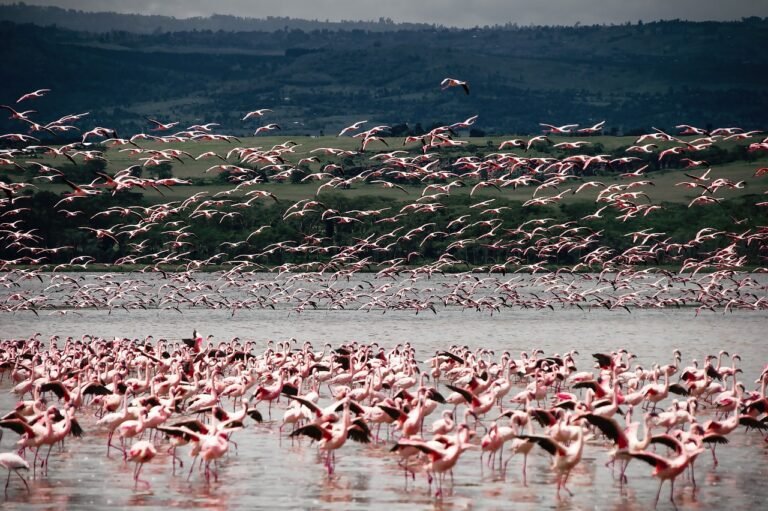Who Succeeded Jomo Kenyatta As The President Of Kenya?
Are you curious to know who took the reins of leadership in Kenya after Jomo Kenyatta? Look no further, for this article will unveil the successor of the esteemed President. Stay tuned to discover the individual who continued the legacy left behind by Jomo Kenyatta and guided the nation into the next chapter of its history. Prepare to be captivated by the intriguing narrative that lies ahead, as we unveil the name of the person who succeeded Jomo Kenyatta as the President of Kenya.
Background of Jomo Kenyatta
Early life and political involvement
Jomo Kenyatta, born in Gatundu, British East Africa (now Kenya), played a significant role in shaping the destiny of Kenya. Growing up in a Kikuyu family, Kenyatta received his education at local mission schools and later attended the prestigious Alliance High School. In the 1920s, he traveled to London to further his studies and became involved in pan-African activism, joining organizations like the Pan-African Federation and the International African Friends of Abyssinia.
Presidency of Jomo Kenyatta
After Kenya gained independence from British colonial rule on December 12, 1963, Jomo Kenyatta became the country’s first president. His presidency marked a period of nation-building and consolidation of power. Kenyatta emphasized the need for unity among the diverse ethnic and cultural groups in Kenya, and his leadership focused on maintaining stability and fostering economic development.
Jomo Kenyatta’s Death
Death of Jomo Kenyatta
On August 22, 1978, Jomo Kenyatta passed away, leaving a nation in mourning. His death marked the end of an era and left a void in Kenyan politics.
Impact and mourning
Kenyatta’s death was a significant loss for Kenya, as he was widely regarded as the father of the nation. His charismatic leadership and commitment to national unity had helped steer the country through its early years of independence. Following his passing, the nation mourned the loss of a great leader and went into a period of reflection and remembrance.
Succession Process
Transition of power
Following Jomo Kenyatta’s death, a succession process was set in motion to determine the next leader of Kenya. It was a critical time for the country, as the stability and direction of the nation were at stake.
Constitutional provisions
The Kenyan Constitution outlined the process of succession, which ensured a smooth transfer of power in the event of the president’s death. According to the constitution, the vice president was next in line to assume the presidency.
Swearing-in of the Vice President
Daniel arap Moi, who had been serving as Jomo Kenyatta’s vice president since 1967, was sworn in as the third president of Kenya on August 22, 1978. This marked the beginning of a new chapter in Kenyan history.
Daniel arap Moi
Early life and political career
Daniel arap Moi was born on September 2, 1924, in Baringo County, Kenya. He received his education at local mission schools and later attended teachers’ training college. Moi ventured into politics in the 1950s and rose through the ranks, serving in various government positions before becoming vice president.
Vice Presidency under Jomo Kenyatta
During his tenure as vice president under Jomo Kenyatta, Moi played a significant role in maintaining stability and fostering unity within the country. He also initiated various development projects, particularly in the education sector, to improve access to quality education for all Kenyans.
Presidential candidacy
Following the death of Jomo Kenyatta, Moi became the preferred candidate of the ruling party, KANU (Kenya African National Union), and he successfully won the presidential election in 1979. This marked the beginning of Moi’s presidency, which lasted for 24 years.
Presidency and governance
Moi’s presidency was characterized by a mix of political and economic policies. He adopted the Nyayo Philosophy, which emphasized peace, love, and unity. However, his regime was also criticized for political repression, human rights abuses, and a lack of democratic rights. Despite these challenges, Moi implemented significant infrastructure projects and made efforts to boost the economy.
Political and Economic Policies
Nyayo Philosophy
Moi’s Nyayo Philosophy aimed to foster national unity and tranquility. It emphasized the need for Kenyans to work together and embrace peace and love in their daily lives. The philosophy centered around the principle of “harambee,” which means pulling together towards a common goal.
Economic liberalization
During his presidency, Moi implemented economic liberalization measures that aimed to attract foreign investment and promote private sector participation in the economy. However, these policies faced criticism for their unequal distribution of wealth and failure to address the needs of the poorest segments of society.
Education policies
Moi placed a strong emphasis on education during his presidency and initiated various programs to expand access to schooling. One of his notable achievements was the introduction of free primary education in 1985, which significantly increased enrollment rates and improved literacy levels among Kenyan children.
Foreign relations
Moi’s presidency saw Kenya maintaining its position as a key player in regional and international affairs. He played a vital role in mediating conflicts in neighboring countries, such as Sudan and Somalia. Additionally, Moi focused on strengthening economic and diplomatic ties with foreign nations, promoting Kenya as a favorable investment destination.
Challenges and Criticisms
Political repression
Moi’s regime faced criticism for political repression and human rights abuses. Opposition leaders, journalists, and activists were often targeted, leading to a stifling of democratic space. The government’s oppressive actions drew condemnation from the international community.
Economic difficulties
Despite introducing economic liberalization measures, Moi’s presidency faced economic challenges. The country experienced periods of inflation, high levels of unemployment, and a growing wealth gap, leading to widespread discontent and social unrest.
Ethnic tensions and divisions
Kenya’s multi-ethnic society faced significant tensions and divisions during Moi’s presidency. Political and economic disparities among different ethnic groups fueled mistrust, leading to sporadic outbreaks of violence and unrest.
Demands for multi-party democracy
As dissatisfaction with Moi’s regime grew, demands for multi-party democracy intensified. The lack of political pluralism and the concentration of power within the ruling party sparked calls for political reforms and a more inclusive political system.
Transition to Multi-Party Democracy
Emergence of political opposition
During the 1980s and 1990s, a vibrant political opposition emerged, determined to challenge Moi’s one-party rule. Opposition leaders, including Raila Odinga and Mwai Kibaki, rallied support for multi-party democracy, advocating for political reforms and democratic elections.
Repeal of Section 2A
In 1991, President Moi faced immense pressure both domestically and internationally to introduce political reforms. As a result, Section 2A of the Kenyan Constitution, which declared Kenya a one-party state under KANU, was repealed, allowing for the establishment of multiple political parties.
1992 and 1997 general elections
With the repeal of Section 2A, Kenya held its first multi-party general elections in 1992. Moi’s grip on power was challenged, and the country experienced a more competitive political landscape. Moi won the elections in both 1992 and 1997, although allegations of fraud and irregularities marred the electoral processes.
Retirement of Daniel arap Moi
Daniel arap Moi’s presidency came to an end in December 2002 when he retired after completing his two-term limit. His retirement marked a significant milestone in Kenyan politics as the country transitioned to a new era under a new leader.
Mwai Kibaki
Early life and political involvement
Mwai Kibaki, born on November 15, 1931, in Gatuyaini, British Kenya, was a prominent figure in Kenyan politics. He received his education both in Kenya and overseas, studying in both Makerere University College in Uganda and the London School of Economics. Kibaki’s political career took off in the 1960s, and he served in various ministerial positions under Jomo Kenyatta’s presidency.
Presidency and governance
Mwai Kibaki assumed office as Kenya’s third president on December 30, 2002, following his victory in the 2002 general elections. His presidency was marked by a commitment to political and economic reforms, aimed at addressing the challenges facing Kenya and steering the country towards sustainable development.
Political and economic reforms
Kibaki’s presidency was characterized by a series of political and economic reforms. He prioritized addressing corruption and improving governance, launching initiatives to enhance accountability and transparency within government institutions. Additionally, Kibaki introduced economic policies to revive the economy, attracting foreign investment and promoting sustainable development.
Relations with international community
Under Kibaki’s leadership, Kenya enjoyed improved relations with the international community. The country witnessed increased foreign direct investment and cooperation in areas such as trade, development assistance, and diplomatic relations. Kibaki played a key role in positioning Kenya as a regional economic hub and a strategic partner in addressing regional and global challenges.
Legacy of Mwai Kibaki
Economic development
Mwai Kibaki’s presidency saw significant economic progress in Kenya. His focus on economic reforms, investment in infrastructure, and promotion of private sector participation contributed to robust economic growth. These efforts resulted in improved living standards, reduced poverty rates, and increased opportunities for Kenyans.
Infrastructure projects
Throughout his presidency, Kibaki prioritized infrastructure development. Notable projects during his tenure include the expansion of road networks, the construction of the Thika Superhighway, the revival of the railway system, and the modernization of airports. These infrastructure investments have played a critical role in spurring economic growth and facilitating connectivity within the country.
National reconciliation
Kibaki’s presidency was marked by a commitment to national reconciliation and healing. He pursued policies aimed at addressing historical injustices, promoting ethnic harmony, and fostering a sense of national identity. By fostering inclusivity and promoting dialogue, Kibaki played a crucial role in healing the wounds of the past and promoting a more united Kenya.
Constitutional reforms
Under Kibaki’s presidency, significant constitutional reforms were undertaken to enhance democratic governance and protect the rights of Kenyan citizens. The promulgation of the new constitution in 2010 ushered in a new era of governance, strengthening institutions, promoting devolution of power, and guaranteeing fundamental rights for all Kenyans.
Uhuru Kenyatta
Background and family
Uhuru Kenyatta, born on October 26, 1961, in Nairobi, Kenya, is the son of Jomo Kenyatta, Kenya’s first president. Growing up in a political family, Uhuru Kenyatta was exposed to the intricacies of Kenyan politics from an early age. He received his education at St. Mary’s School in Nairobi and later studied at the prestigious St. Mary’s School in Sussex, England.
Presidential candidacy
Uhuru Kenyatta made his entry into the political arena during the 1997 general elections, where he won a parliamentary seat. He went on to hold various government positions, including Minister of Tourism and Minister of Finance. In 2013, he successfully ran for the presidency and was re-elected in 2017.
Presidency and governance
Uhuru Kenyatta’s presidency has been marked by a focus on the Big Four Agenda, which encompasses initiatives aimed at improving healthcare, affordable housing, manufacturing, and food security. His tenure has also emphasized national unity, fighting corruption, and promoting sustainable economic development.
Achievements and challenges
Under Kenyatta’s presidency, Kenya has witnessed significant infrastructure development, including the completion of major roads, the modernization of ports, and the expansion of the energy sector. However, his tenure has faced challenges, such as rising public debt, corruption scandals, and the ongoing issue of ethnic tensions.
In conclusion, the succession of leaders in Kenya, from Jomo Kenyatta to Daniel arap Moi, Mwai Kibaki, and Uhuru Kenyatta, has shaped the trajectory of the nation. Each leader faced unique challenges and implemented various policies to address the needs of the country. From the early days of independence to the transition to multi-party democracy and beyond, Kenya has undergone significant changes in its political and economic landscape. As the nation moves forward, the legacy of these leaders continues to influence Kenya’s future development and growth.







